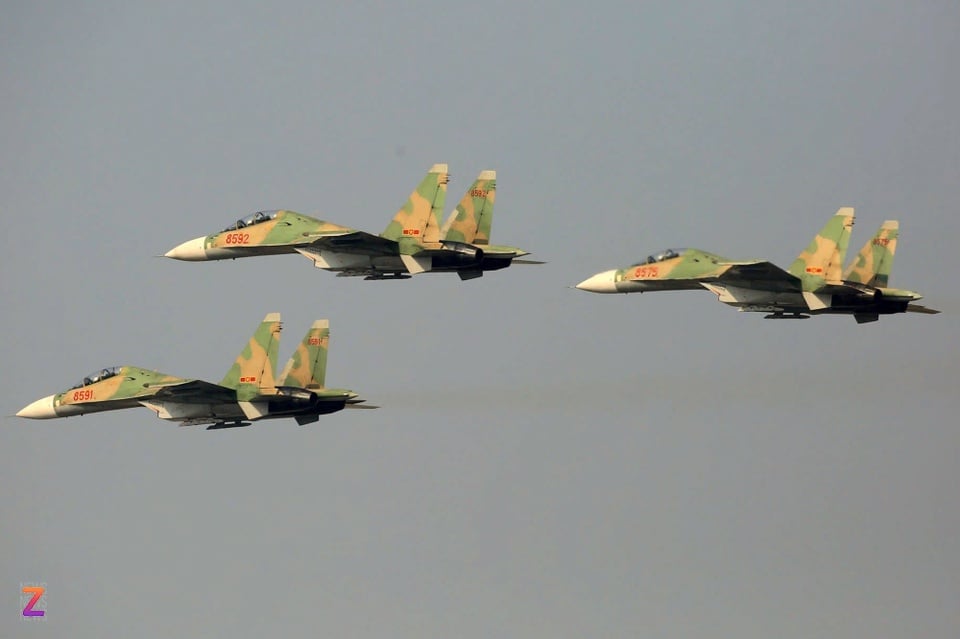 |
Su-30MK2 fighter jet in the sky of Ho Chi Minh City. Photo: Quynh Danh . |
As an upgraded version of the legendary Su-27, the Su-30 fighter is designed to perform many different missions, from air combat, ground attack to naval operations.
The Su-30 is equipped with two AL-31FP jet engines (on variants such as the Su-30SM) with a maximum thrust of up to 12.5 tons each. The highlight of this engine is the thrust vectoring technology, which allows changing the direction of the exhaust flow to increase maneuverability.
The AL-31FP engine is designed with high reliability, suitable for harsh combat conditions, from desert environments to cold regions. This engine system not only provides superior power but also helps the Su-30 maintain superiority in combat situations that require speed and flexibility.
The Su-30 'King Cobra' can reach a maximum speed of Mach 2.0 (about 2,470 km/h) and a range of up to 3,000 km with internal fuel. When refueled in the air, the range can be extended to 8,000 km, suitable for patrol or long-range combat missions.
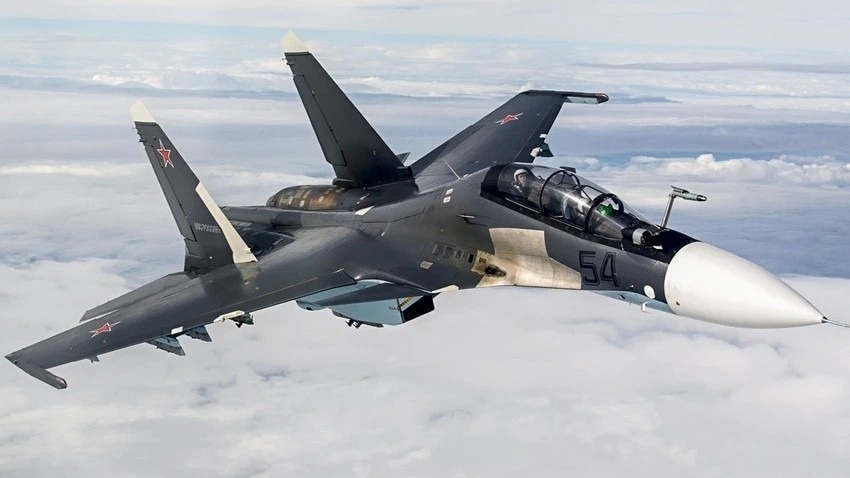 |
Su-30SM of the Russian Air Force. Photo: RBTH. |
Thrust control technology helps the Su-30 perform complex aerobatic maneuvers such as the “Cobra Pugachev” or extremely fast turns, providing an advantage in close air combat.
The radar system is the heart of the Su-30, providing high-precision target detection and tracking capabilities. Russian Su-30 variants are often equipped with passive electronically scanned array (PESA) radars such as the Bars-R or upgraded versions.
The Bars-R radar (Su-30SM) is capable of detecting targets at a distance of up to 400km (for large targets such as warships) and 140km for small targets such as fighter jets. This radar can simultaneously track 15 targets and attack 4 targets at the same time.
The Su-30's radar supports both air-to-air and air-to-ground combat, allowing the aircraft to perform tasks such as mapping terrain, detecting ground targets, or guiding missiles. The radar system is integrated with advanced anti-jamming technologies, helping to maintain effectiveness in complex electronic warfare environments.
Some newer variants (such as the Su-30SM2) are upgraded with the Irbis-E active electronically scanned array (AESA) radar, which is used on the Su-35, providing superior target detection and processing capabilities.
The Su-30's cockpit is designed with advanced avionics technologies, optimizing control and mission management. The pilot is assisted by displays (multi-function displays MFD) that display detailed information about the battlefield situation, aircraft status and radar data.
The 'fly-by-wire' control system ensures precise and stable control, especially in high-angle maneuvers. Important information is displayed directly on the windshield (HUD) and pilot's helmet, allowing the pilot to concentrate on the task without taking his eyes off the target.
Modern avionics systems reduce the workload on pilots, allowing them to handle multiple tasks at once, from controlling the aircraft, managing weapons to coordinating with other units.
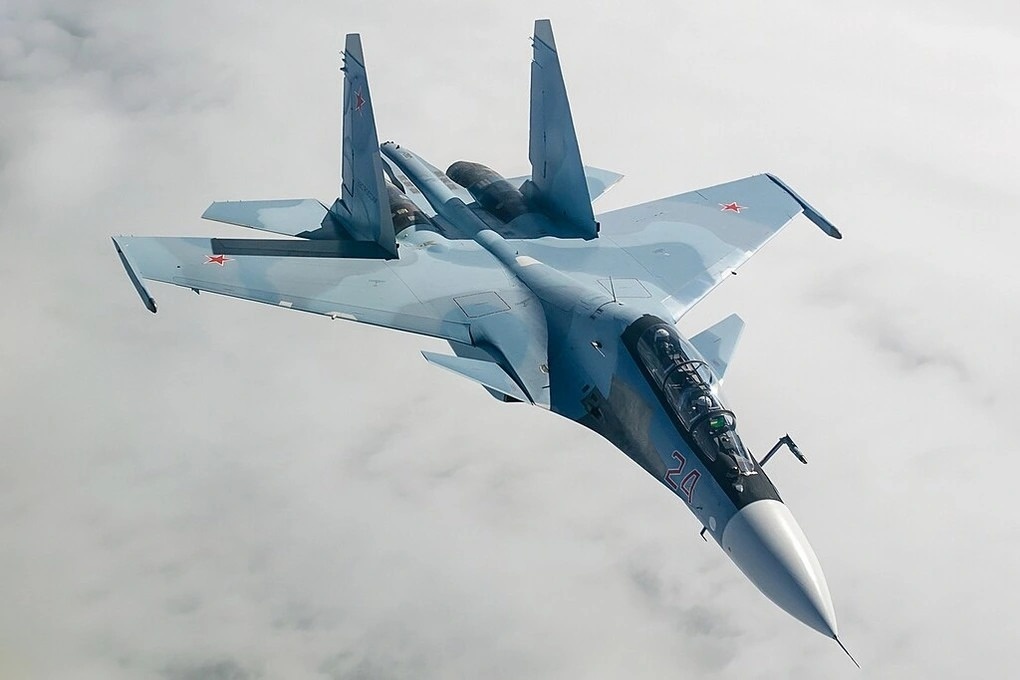 |
Su-30SM fighter of the Russian Air Force Photo: Wikipedia. |
The Su-30 is designed to carry a weapons payload of up to 8 tons, including a diverse arsenal for many types of missions. The 30mm GSh-301 cannon with a rate of fire of 1,500 rounds/minute provides powerful firepower in close combat situations.
Air-to-air missiles include the R-73 (short-range, infrared homing), R-77 (medium-range, active radar homing), and R-27 (long-range). These missiles allow the Su-30 to destroy targets at distances from several kilometers to more than 100 kilometers.
The Su-30 can carry air-to-ground and air-to-ship missiles, such as the Kh-31 (anti-ship/anti-radar), Kh-59 (ground attack), or the BrahMos supersonic cruise missile (on the Indian Su-30MKI variant, but Russia also has similar integration capabilities).
The S-30 fighter can deploy laser-guided bombs (like the KAB-500L) or GPS-guided bombs (like the KAB-500S), ensuring high accuracy when attacking strategic targets.
The weapons system is controlled by a central computer, allowing the pilot to quickly switch between combat modes, from air combat to ground attack.
To counter threats from radars, missiles and enemy air defense systems, the Su-30 is equipped with advanced defense systems.
The Su-30 can carry dozens of decoys (such as the PPI-50) to fool heat-seeking missiles. These flares create impressive effects during demonstrations, while also increasing survivability in combat.
The Su-30 fighter is equipped with jamming modules such as SAP-518 or Khibiny-M, capable of disrupting enemy radars and missile guidance systems. The radar warning system (RWR) provides real-time information about radar threats, helping pilots react promptly.
These systems help the Su-30 operate effectively in modern combat environments, where threats from surface-to-air missiles and enemy fighter aircraft are increasingly sophisticated.
The Su-30 is equipped with a retarding parachute to assist landing, especially on short runways or in adverse weather conditions. The retarding parachute has an area of about 50-60m² and is made of light and durable materials. When deployed, the parachute helps to reduce speed quickly, ensuring safety and reducing wear on the braking system.
This technology is especially useful in air bases with limited runways, or when the aircraft must make an emergency landing. The braking parachute system is an important factor that enhances the flexibility and safety of the Su-30.
Strategic role in the Russian Air Force
The Su-30 plays an important role in the Russian Air Force's strategy, especially in airspace protection, support of ground forces, and expeditionary operations.
Capable of performing air-to-air, ground-attack and anti-ship missions, the Su-30 is ideal for complex operations, as demonstrated in operations in Syria.
The Su-30 is used by both the Russian Air Force and Navy, with bases stretching from the Arctic to the Far East, ensuring rapid response on multiple fronts.
The Su-30 'King Cobra' regularly participates in international exercises and air shows, demonstrating the technological prowess and skills of Russian pilots.
The Su-30 is a technological masterpiece of the Russian defense industry, combining engine power, advanced radar, diverse weapons systems and modern defense technologies. With outstanding maneuverability, powerful firepower and flexibility in combat, the Su-30 continues to be one of the world's leading multi-role fighters. Variants such as the Su-30SM and Su-30SM2 show that Russia is constantly improving this platform to meet the challenges of modern warfare.
However, to maintain its advantage as other countries develop fifth-generation fighters, Russia needs to continue investing in integrating stealth technology, artificial intelligence (AI), and hypersonic weapons for the Su-30.
Source: https://znews.vn/cong-nghe-toi-tan-bien-tiem-kich-su-30-thanh-hung-than-tren-khong-post1550044.html


![[Photo] Prime Minister Pham Minh Chinh meets with Speaker of the Hungarian National Assembly Kover Laszlo](https://vphoto.vietnam.vn/thumb/1200x675/vietnam/resource/IMAGE/2025/10/20/1760970413415_dsc-8111-jpg.webp)

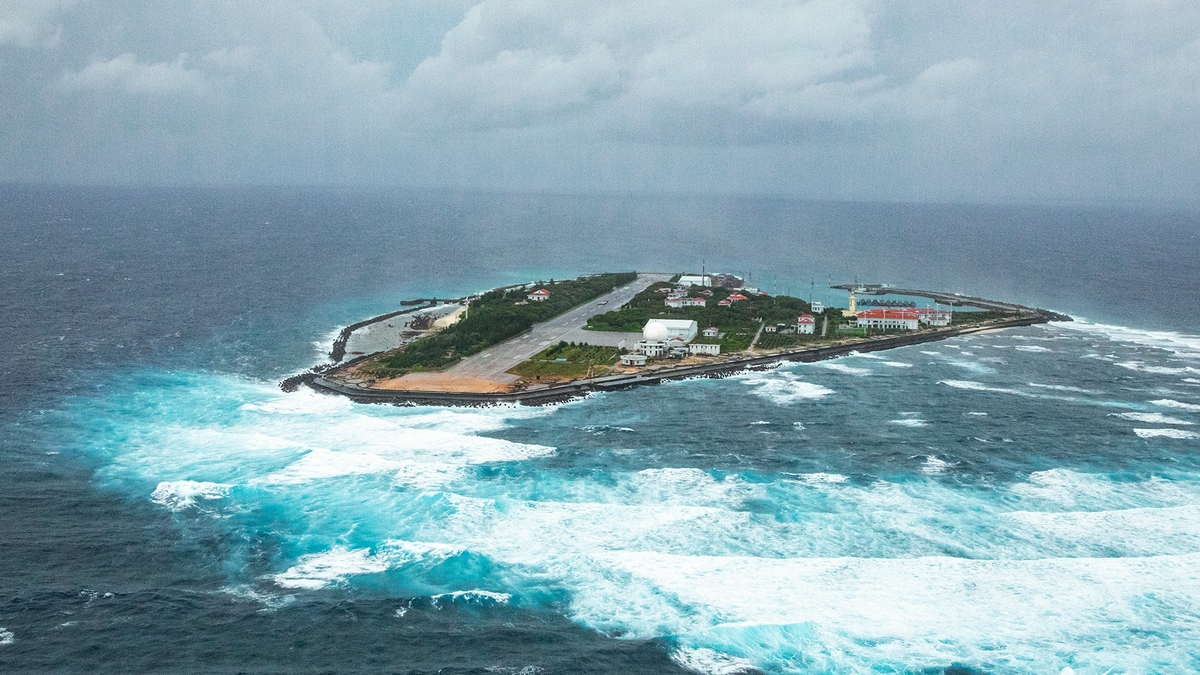
![[Photo] National Assembly Chairman Tran Thanh Man holds talks with Hungarian National Assembly Chairman Kover Laszlo](https://vphoto.vietnam.vn/thumb/1200x675/vietnam/resource/IMAGE/2025/10/20/1760952711347_ndo_br_bnd-1603-jpg.webp)
![[Photo] Chairman of the Hungarian Parliament visits President Ho Chi Minh's Mausoleum](https://vphoto.vietnam.vn/thumb/1200x675/vietnam/resource/IMAGE/2025/10/20/1760941009023_ndo_br_hungary-jpg.webp)

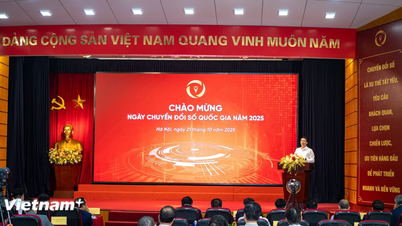

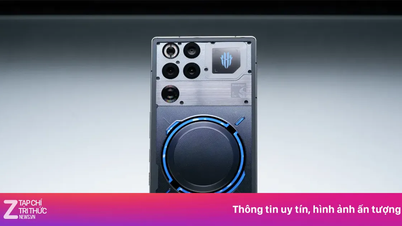

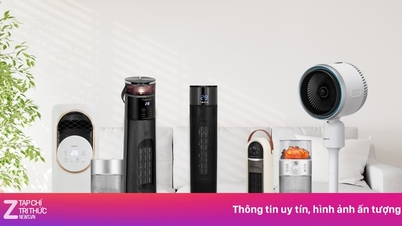








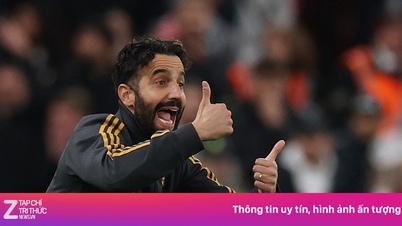



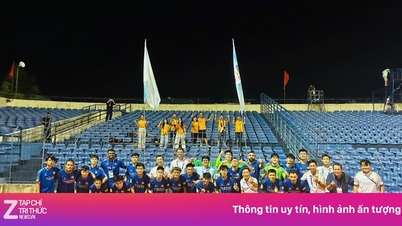


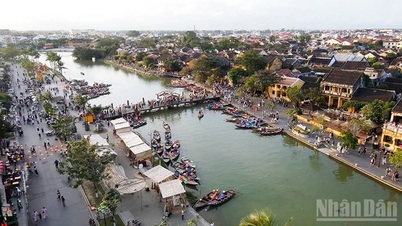



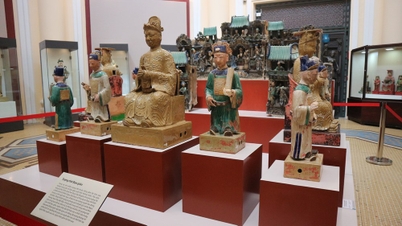















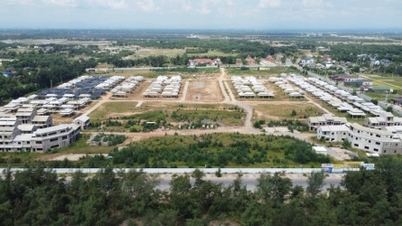



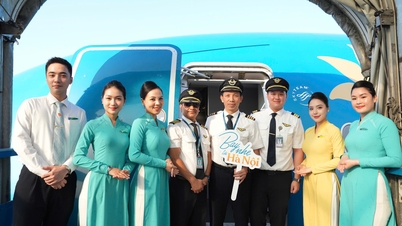

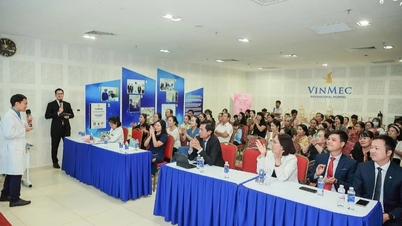
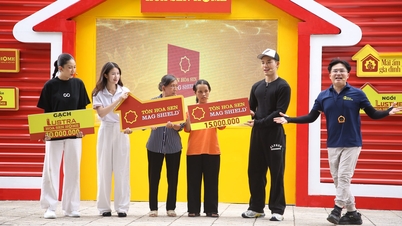
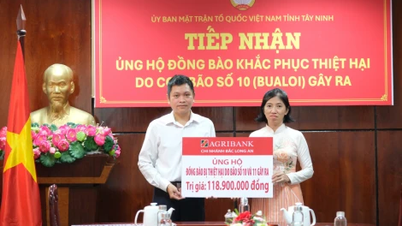








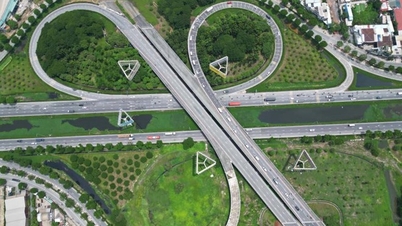

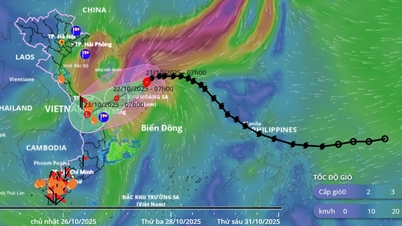



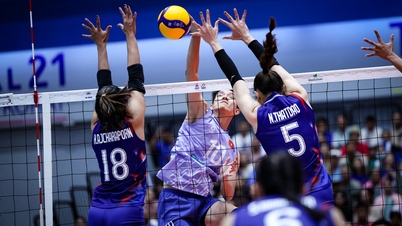





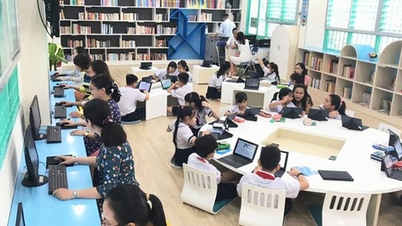

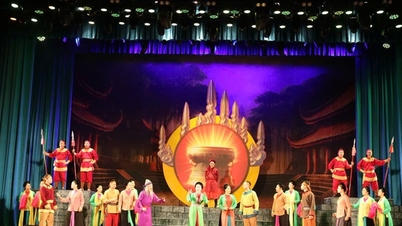


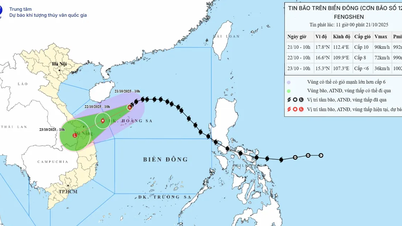



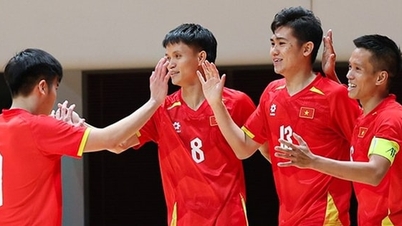










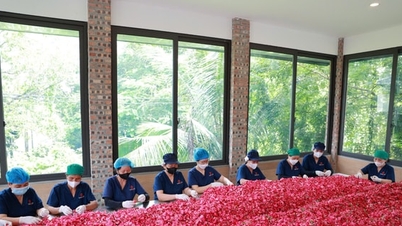





Comment (0)